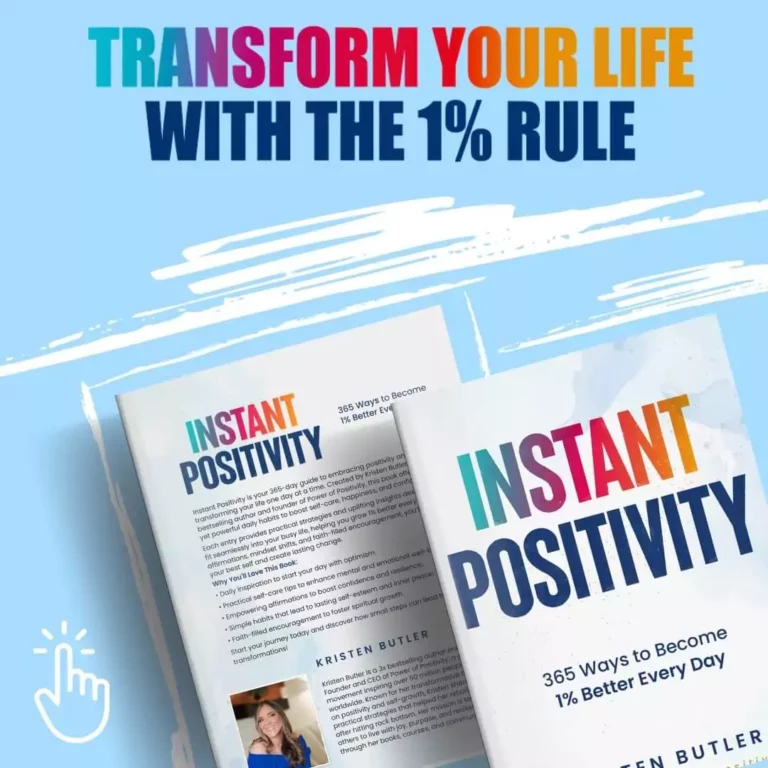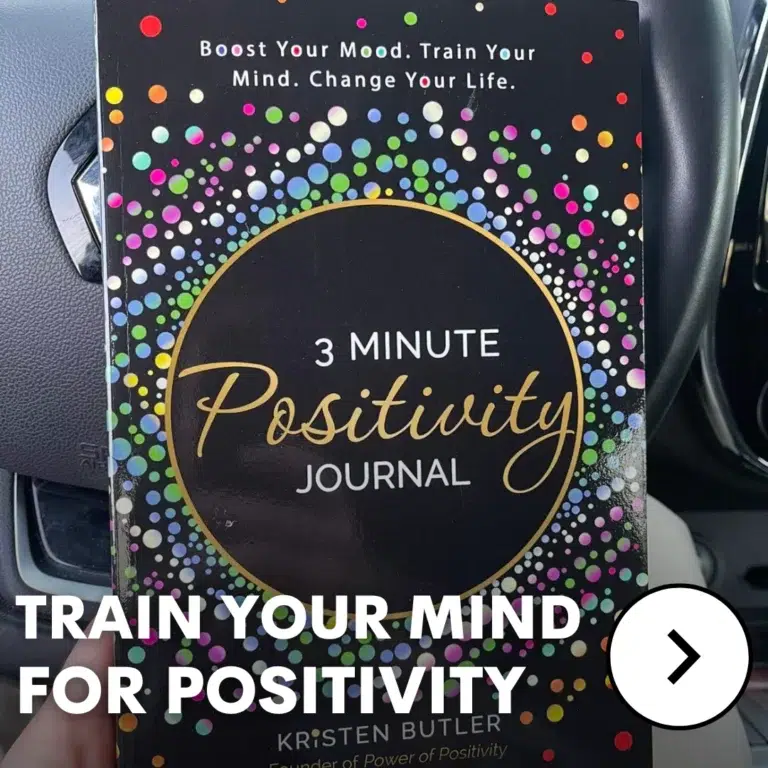Feeling like life is running you ragged? The nonstop pace of work, family, and everything in between can leave anyone feeling drained and out of balance. But what if there was a simple way to quiet the noise and bring calm back into your life? That’s where mindfulness meditation comes in.
At its core, mindfulness meditation is about paying attention to the moment you’re in. It’s not about clearing your mind completely—it’s about being present, noticing your thoughts, and letting them pass without judgment. This small but powerful practice can create a sense of inner peace, even when the world around you feels chaotic.
Why does it matter? Because mindfulness meditation helps you slow down, step back from stress, and see things more clearly. It’s a habit that anyone can start, and it might just be the key to finding that peace you’ve been searching for.
The Foundation of Mindfulness
Mindfulness is about being fully present in the moment, paying attention to what’s happening right now without overthinking or judging it. It’s not about controlling your thoughts but simply noticing them. Whether it’s the feel of your breath, the sound of birds outside, or the warmth of your coffee mug, mindfulness encourages you to focus on the little things we often overlook.
This practice reconnects us to the present moment, which is where peace lives. So much of our stress comes from worrying about the future or replaying the past. Mindfulness meditation helps us step out of that loop and ground ourselves in what’s real right now. It’s like hitting pause in a chaotic day and giving your mind a chance to breathe.
Science backs this up, too. Studies show that mindfulness can help reduce anxiety, improve focus, and even lower blood pressure. By calming the brain’s stress response, it creates space for clearer thinking and emotional balance. Over time, it trains your brain to respond to life’s challenges with less panic and more calm.
Inner peace begins when the mind has room to rest. Mindfulness meditation makes that possible by clearing out mental clutter and teaching us how to slow down. It’s not about escaping life but learning how to handle it with more clarity and calm. When your mind feels lighter, peace feels closer.
7 Techniques to Foster Inner Peace
These mindfulness meditation techniques are simple to practice and can bring a sense of calm to even the busiest of days.
1. Breathing Exercises
Breathing exercises are one of the easiest ways to feel more grounded and centered. By focusing on your breath, you can create a steady anchor for your mind, pulling it away from the chaos of daily life.
To practice, start with a deep diaphragmatic breath. Inhale deeply through your nose, letting your belly expand, and then exhale slowly through your mouth. Another effective method is the 4-7-8 technique: inhale for 4 counts, hold your breath for 7 counts, and exhale for 8 counts. These steps help regulate your breathing, encouraging your body to relax.
The science behind this technique is simple: slow, intentional breathing calms your nervous system. It lowers your heart rate and reduces cortisol, the stress hormone. Whether you’re feeling anxious, stressed, or overwhelmed, taking a few minutes to focus on your breath can reset your mind and bring a sense of peace.
2. The Body Scan
The body scan is a mindfulness practice that helps you connect with your physical self. This guided exercise involves paying attention to different parts of your body, one by one, and noticing how they feel.
To begin, find a quiet spot where you can sit or lie down comfortably. Start with your toes—how do they feel? Are they tense, relaxed, or neutral? Gradually move your attention upward to your feet, legs, hips, and so on, all the way to the crown of your head. Take your time with each area, observing without judgment.
This exercise helps release built-up tension that you may not even realize you’re holding. It also increases awareness of physical sensations and emotional states. Over time, practicing the body scan can help you feel more in tune with your body and create a greater sense of calm.
3. Gratitude Meditation
Gratitude meditation focuses on the good things in your life, big or small, to shift your perspective and improve your mood. It’s a way of training your mind to focus on the positive rather than dwelling on the negative.
Start by sitting in a comfortable position and closing your eyes. Think of three things you’re grateful for—it could be a loved one, the warmth of the sun, or even your favorite cup of coffee. As you focus on these things, let the feeling of gratitude fill you. Take a moment to really savor the sense of thankfulness.
Gratitude meditation is powerful because it rewires your brain to notice the positive more often. It helps you feel content with what you have instead of focusing on what’s missing. Regular practice can improve your overall sense of well-being and emotional balance.
4. Visualization
Visualization is a mindfulness technique that uses your imagination to create a sense of peace and calm. By picturing a serene place or situation, you can mentally escape from stress and find your own safe space.
To practice, close your eyes and imagine a place that feels peaceful to you. It could be a quiet beach, a lush forest, or even a cozy corner of your home. Picture the details—what does it look like? What do you hear? Maybe the sound of waves or birds chirping? Immerse yourself fully in this mental image.
This technique works because your brain responds to these imagined scenarios as if they were real. It can help reduce anxiety, improve focus, and bring about a sense of relaxation. Whenever stress feels overwhelming, visualization offers a mental retreat you can return to anytime.
5. The 5-4-3-2-1 Grounding Technique
The 5-4-3-2-1 grounding technique is a practical way to bring yourself back to the present moment. It’s especially helpful when anxiety feels overwhelming.
Here’s how it works:
- Name 5 things you can see around you.
- Notice 4 things you can touch—your clothes, a chair, or the ground beneath your feet.
- Listen for 3 things you can hear, like birds, distant traffic, or your own breathing.
- Identify 2 things you can smell or, if nothing is noticeable, think of your favorite scents.
- Finally, acknowledge 1 thing you can taste, even if it’s just the inside of your mouth.
This simple exercise uses your senses to ground you in the present. By shifting your attention to what’s around you, it interrupts anxious thoughts and calms your mind. It’s quick, easy, and can be done anytime, anywhere.
6. Morning Journaling
Morning journaling is a mindfulness practice that helps you start the day with clarity and focus. By writing down your thoughts, feelings, or plans for the day, you create a clean slate for your mind.
All you need is a notebook and a few quiet minutes in the morning. Write whatever comes to mind—your worries, goals, or even random thoughts. There’s no right or wrong way to do it. You can also jot down three things you’re looking forward to or a positive intention for the day.
This practice works because it helps you process emotions and organize your thoughts. It’s like clearing out mental clutter so you can approach the day with a calm, focused mindset. Morning journaling doesn’t take much time, but it can make a big difference in how you feel throughout the day.
7. Loving-Kindness Meditation
Loving-kindness meditation is about cultivating compassion—for yourself, your loved ones, and even people you don’t know. This practice helps reduce anger and resentment while fostering a sense of emotional connection and peace.
To start, sit quietly and close your eyes. Begin by silently repeating phrases like, “May I be happy. May I be healthy. May I feel peace.” Let these wishes settle into your mind. Then, think of someone you love and extend the same phrases to them: “May you be happy. May you be healthy. May you feel peace.” Gradually include acquaintances, strangers, and even difficult people in your life.
This meditation helps shift your mindset from judgment to kindness. It softens negative feelings and creates a sense of unity with others. Regular practice can lead to greater emotional resilience and a calmer, more open heart.
Cultivating a Sustainable Mindfulness Practice
Consistency is what makes mindfulness meditation truly powerful. Practicing regularly helps your mind and body adjust to a calmer, more focused state. Over time, mindfulness becomes a natural part of your routine, like brushing your teeth. Even starting with just 5-10 minutes a day can make a difference. The key is to build a habit you can stick with, so it feels less like a task and more like something you enjoy doing for yourself.
Start small and keep it simple. You don’t need a perfect setup or a long chunk of time. Pair mindfulness with something you already do daily, like enjoying your morning coffee or lying in bed before sleep. For example, take a few deep breaths while you wait for your coffee to brew or do a quick body scan as you settle in for the night.
Another helpful tip is to use tools that support your practice. Apps and guided meditations can be great for staying on track, especially if you’re just starting out. These can provide gentle reminders and help you explore different techniques until you find what works best for you. With regular practice, mindfulness becomes more than a moment of calm—it becomes a way of life.
Final Thoughts on Finding Inner Peace Through Mindfulness
The seven mindfulness meditation techniques we explored—breathing exercises, body scans, gratitude meditation, visualization, the 5-4-3-2-1 grounding method, morning journaling, and loving-kindness meditation—each offer their own way to help create calm and balance. Whether you need a quick moment of grounding or a deeper sense of connection, there’s something in this list for everyone.
The beauty of mindfulness is that it’s flexible. You can try different techniques and see what feels right for you. Some may fit naturally into your routine, while others might take a little practice. The important thing is to keep experimenting and finding what helps you feel more at peace.
Mindfulness meditation doesn’t make life’s challenges disappear, but it can help you handle them with a clearer, calmer mind. It’s a simple way to bring a sense of balance to your days, no matter how chaotic things get.















